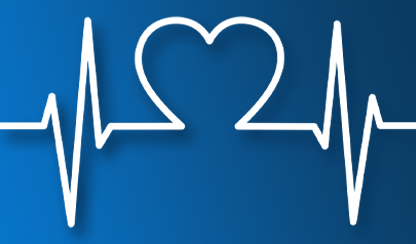
In a world-first randomised study, catheter ablation has been shown to reverse heart failure with preserved ejection fraction (HFpEF) in patients with both HFpEF and atrial fibrillation (AF).
In their study, Baker Heart and Diabetes Institute researchers found catheter ablation substantially improved exercise capacity, lung pressure and quality of life in participants, and significantly, 50 per cent of participants randomised to the study group no longer met the criteria for a HFpEF diagnosis.
In the study, published today in JACC: Heart Failure, lead researcher Dr David Chieng said that catheter ablation should be considered as a treatment option for those with AF and HFpEF.
"After catheter ablation, half of our study patients showed reversal of HFpEF using the gold standard testing method (pulmonary capillary wedge pressure on exercise right heart catheterisation) at six-month follow-up," he said. "Whereas in the group that was treated using the standard medical therapy, only one of the 15 participants showed HFpEF reversal.
"This is a significant finding given there are few current therapeutic options for HFpEF. Moving forward, clinicians should consider using catheter ablation to improve the lives of the many people living with comorbid AF and HFpEF."
Half of all people diagnosed with heart failure have HFpEF, and there is a high rate of atrial fibrillation associated with a HFpEF diagnosis as each condition exacerbates the other. Because both conditions share similar symptoms, HFpEF is frequently not diagnosed, but comorbid HFpEF and AF is associated with significantly increased risk of morbidity, including stroke and heart failure hospitalisations, as well as all-cause and cardiovascular mortality.
Symptoms of HFpEF are breathlessness with exertion or at rest, decreased exercise tolerance, fatigue and fluid retention, among others.
Thirty-one participants were involved with the study, but despite not achieving its targeted sample size of 56 due to COVID restrictions, the study still demonstrated the efficacy of catheter ablation in HFpEF-AF patients, Dr Chieng said.
"This study is the first randomised trial to show the potential for AF ablation to reverse the key features of HFpEF in a strictly defined cohort of comorbid HFpEF and AF patients," Dr Chieng said.
"We used detailed physiologic and gold standard testing methods for the study and found there to be a clear positive impact on measures including resting and exercise cardiac output, improvement in functional capacity, and a clear positive impact on heart failure and AF-specific quality of life measurements.
"And while we saw a reversal of HFpEF in 50 per cent of AF ablation patients overall, we saw a 75 per cent reversal rate in the study ablation patients who'd had no AF episodes during the six-month study period."
Larger studies are recommended to confirm the findings and ascertain the effects of catheter ablation on other clinical endpoints including hospitalisation and mortality.






